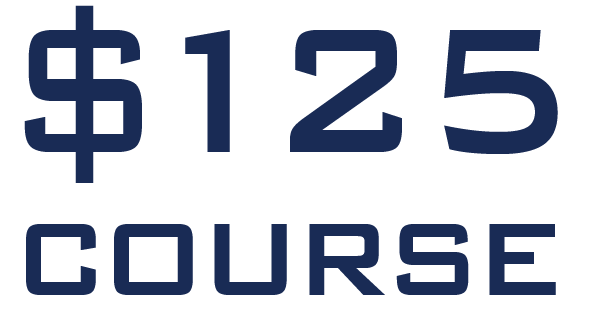
ASTRONOMY, PART 1
Price: $125 | Credits: One Semester | Dept: Science | Course ID# 270-1
This course is the first part of a two-semester course. No longer is Astronomy merely only a chapter within a Physics textbook for high school students. This course delves into the knowns and unknowns of the world around us and delights as much as it amazes. Finally, a course for true stargazers and for those who ponder our place in the bigger picture. Astronomy is approved by the University of California A-G as a Science – Earth and Space (category D) and is considered a lab science by both California A-G and the NCAA.
Upon completion of this course, the student is awarded 5 credits. Each credit corresponds to 15 hours of study. Of course, some students work more quickly than others, and some can devote more hours to study, so some students are able to complete the course in an accelerated rate.
LEARNING OBJECTIVES
In this module, students gain a comprehension of the following:
- The science of Astronomy, including the roots of Astronomy and the basics of Astronomy as observed with the naked eye.
- The science of Astronomy, including it’s history and how to make observations with the naked eye.
- The types and tools regarding Astronomy, including the telescope and Radio Astronomy.
- The basics of Space exploration, with an emphasis on Voyager 1, the future of human Space exploration and the challenges of interstellar travel.
- The basics of the solar system, including its formation, how the Earth orbits the Sun, Dwarf planets, Pluto, the Asteroid Belt, Comets and the Oort Cloud, and size comparisons of Celestial Bodies.
- The planets, including Mercury, Venus, the Earth and Moon, Mars, Jupiter, Saturn, Uranus, and Neptune.
- The stars and how to interpret star charts, the Celestial Coordinate systems, Stellar magnitudes, measuring distances to stars, and the Messier Catalog.
- How to use units like the lightyear and learn how to measure the distance to nearby stars using trigonometric parallax and the idea of standard candles.
TOPICS COVERED
This course covers the following topics:
- The Science of Astronomy
- Types and Tools of Astronomy
- Space Exploration
- Introduction to the Solar System
- Solar System: The Planets
- The Stars as Seen From Earth
























